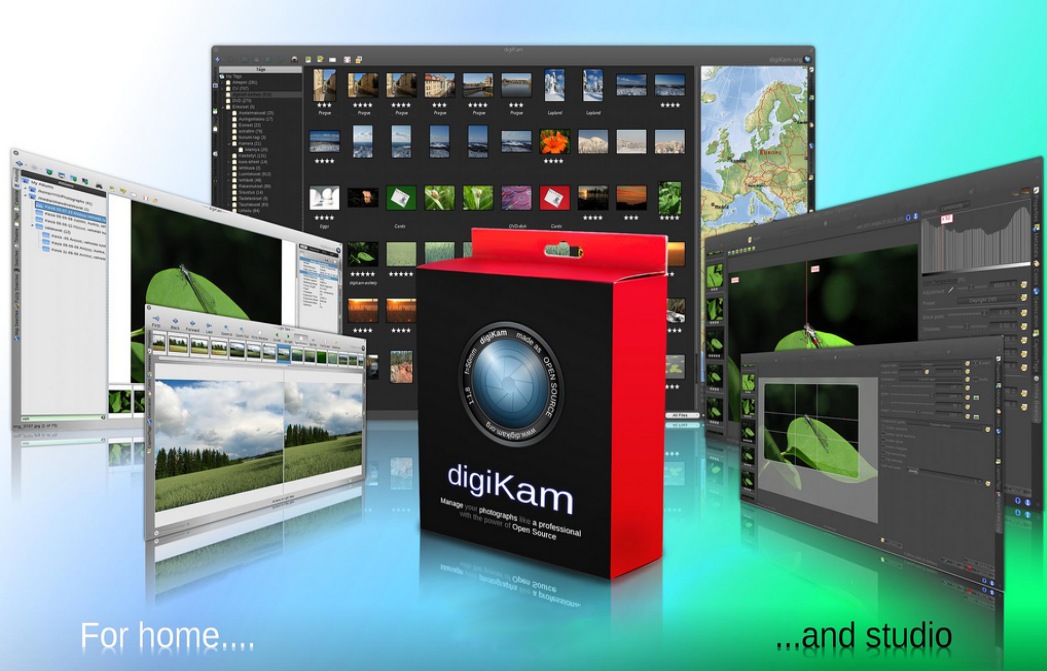
See below the list of most important features coming with this release. Go to Setup/configure/Plugin/Image Loader page and look in the IM supported formats. Dear digiKam fans and users, After two years of development and bugs triage, and tests, the digiKam team is proud to present the new major version 8.0.0 of its open source digital photo manager. digikam - desktop, can work across multiple machines using multiuser DB (see below) Photoprism - self hosted Piwigo (self hosted) PhotoStructure. Additionally, you can automatically identify people from photographs using the face recognition feature.Īs digiKam has an ImageMagick image loader and ExifTool support, the JPEG XL format can be already supported as well. With digiKam's image editing tools, you can manipulate photos, perform image repairs, add effects, and so much more. Among the special features is batch editing, which lets you rename, edit, and optimize many images at once.

digiKam is available as an installable (Setup Program) and as a standalone (Archive) version.
#Extending digikam windows
We cannot guarantee that digiKam runs on server or embedded Windows version. Click on the digiKam icon to launch the application. Search for digiKam in the search bar or scroll through the list of applications to find it. Select Show Applications (represented by a grid icon) to view all installed applications. By using the displayed tree view on the left side of the window, you can view your images at any time and open them with a single click. digiKam runs only on 64bit version of Windows. Click on Activities in the top left corner of your desktop. the same name as the RAW image with the addition of the. Images from your collection can be tagged, geo-dated, categorized, and rated here. I actually catch myself browsing and rediscovering my files in Digikam just. In digiKam, the album view is the starting point. Several criteria can also be combined for more advanced searches. Images can be searched using tags, labels, ratings, data, location, and even specific metadata such as EXIF, IPTC, and XMP. Additionally, digiKam offers powerful search capabilities that let you search the photo library by various criteria. The Raspberry Pi-designed keyboard range has been extended to help. By using filtering, you can quickly find items that match specific criteria. Dont forget to add some face tags manually and then let digiKam find those people or. In addition, the application has powerful tagging tools for assigning tags, ratings, and labels to pictures and raw files. Just reads from the existing files which is wonderful. but it doesn't duplicate the entire library. It does create database files for tags, etc. Using digiKam, you can organize photos, raw files, and videos into albums. Then I found Digikam: An opensource desktop application for viewing, tagging, organizing photos from a library saved elsewhere.

It allows you to set import settings and rules that organize and process imported items automatically. It is available as a Linux, FreeBSD and Windows package.ĭigiKam supports direct photo, raw file, and video transfers from your camera and external storage devices (SD cards, USB disks, etc.). In addition to managing many images and videos, digiKam also provides integrated tools for editing and tagging.


 0 kommentar(er)
0 kommentar(er)
